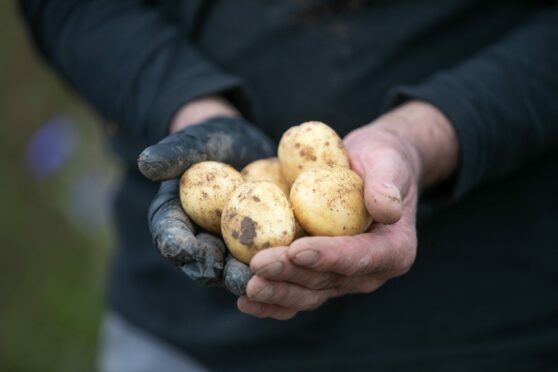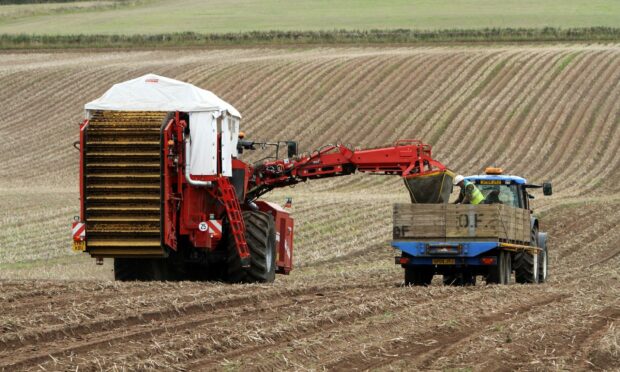Farmers could reduce their reliance on chemicals to control potato blight and other crop diseases with the use of ‘smart soil bugs’, according to a new study.
Research, led by the Norwich-based plant science body, the John Innes Centre, has identified native, beneficial soil bacteria which could help farmers control crop diseases.
Scientists at the John Innes Centre isolated and tested hundreds of strains of Pseudomonas bacteria from the soil of a commercial potato field, and then sequenced the genomes of 69 of these strains.
By comparing the genomes of the different strains, the scientists were able to identify which strains suppressed pathogen activity, leading them to identify a key mechanism in some of the strains which protected the potato crop from harmful disease-causing bacteria.
Further experiments found that the production of small molecules – called cyclic lipopeptides – are important to the control of potato scab and they help the protective Pseudomonas move around and colonise the plant’s roots.
“By identifying and validating mechanisms of potato pathogen suppression we hope that our study will accelerate the development of biological control agents to reduce the application of chemical treatments which are ecologically damaging,” said one of the study’s authors, Dr Alba Pacheco-Moreno.
“The approach we describe should be applicable to a wide range of plant diseases because it is based on understanding the mechanisms of action that are important for biological control agents.”
The study, published in eLife, proposes a method for researchers to screen the microbiome of virtually any crop site and take into account varying soil, agronomic and environmental conditions.
By using high-speed genetic sequencing technology, the researchers can screen the soil microbiome for therapeutic bacteria and work out which molecules are being produced to suppress pathogenic bacteria.
Dr Andrew Truman – a group leader at the John Innes Centre – says the study has paved the way for more sustainable disease control in potato crops.
He said: “We know these bacteria colonize the soil where potatoes grow, and they provide protection to the crop.
“Using a bacterium, you can easily grow and formulate it in an appropriate way and apply it to the field – and it is much greener than using a synthetic chemical.”

